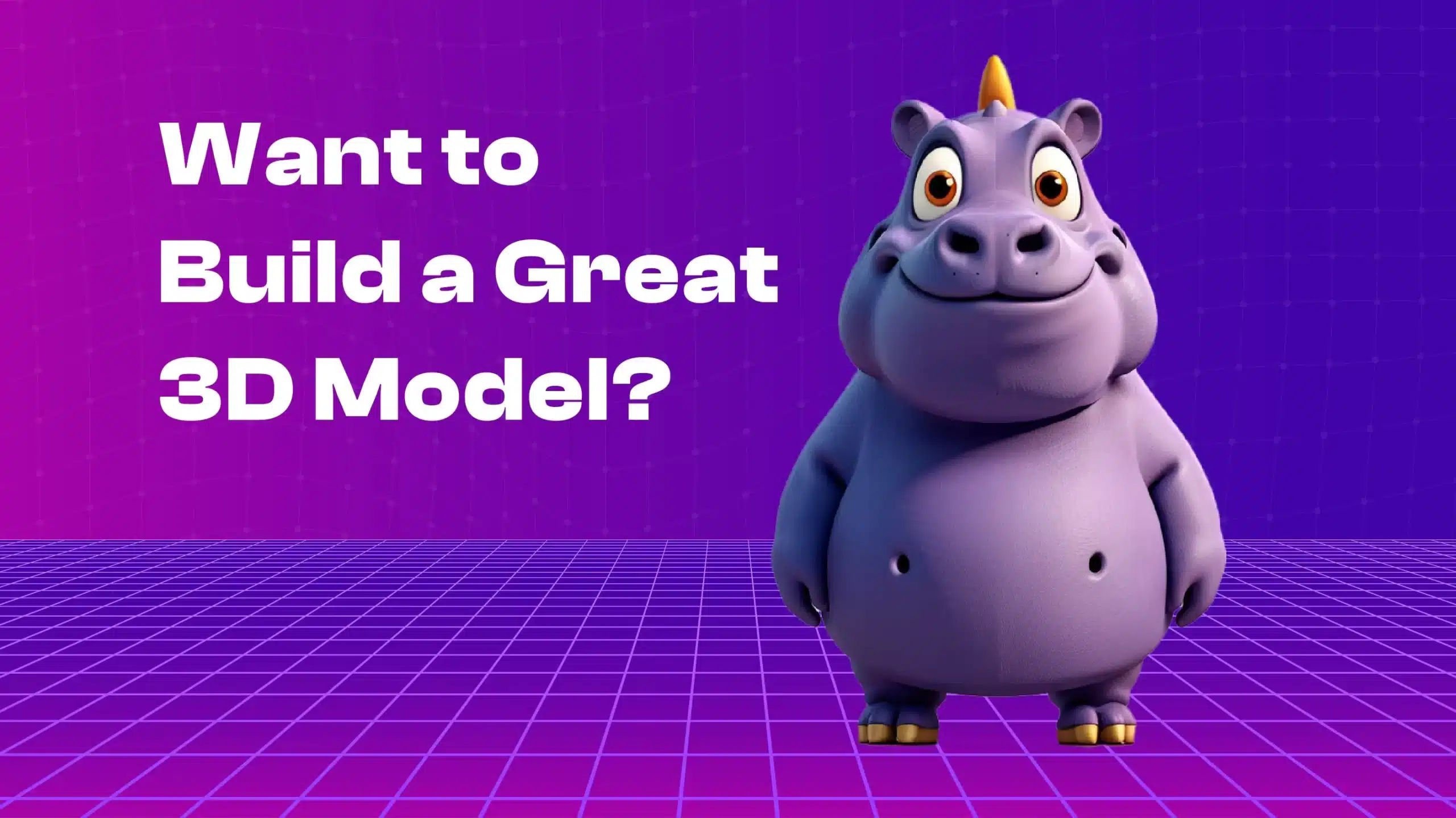How to Create Perfect 3D Models?
- wtsverse
- December 18, 2023
As the Metaverse gains traction, there is growing demand for highly detailed and optimized 3D models to build immersive virtual worlds. This comprehensive guide provides key insights into honing your 3D modeling craft to produce state-of-the-art assets for Metaverse projects.
Understanding the Metaverse Landscape:
The Metaverse refers to a network of virtual 3D environments that blend aspects of virtual reality, augmented reality, and the internet. Within these interconnected digital spaces, users can explore imaginative lands, interact with others, and participate in activities ranging from gaming to conferences.
As an emerging ecosystem with endless possibilities, the Metaverse requires 3D models as critical building blocks for crafting immersive environments. Realistic and intricately designed assets allow developers to define captivating spaces that enable rich user experiences.
Mastering Essential 3D Modeling Tools:
Creating the vibrant 3D models needed for the Metaverse entails leveraging professional grade design tools. Software such as Blender, Autodesk Maya, Cinema 4D, and ZBrush offer robust functionalities to construct detailed 3D art and assets.
Blender provides an open-source, full-fledged modeling and animation suite for 3D artists.
Maya boasts extensive capabilities for 3D modeling, simulation, rendering, and compositing. Cinema 4D facilitates fast workflow for crafting 3D graphics and animation. ZBrush specializes in high-precision digital sculpting for organic models.
By dedicating time to learn these industry standard programs, 3D artists can unlock the skills to model intricately textured environments, characters, accessories, and props for immersive Metaverse projects.
How to make 3D Models?:
Conceptualize Your Design:
Begin your 3D modeling journey with a clear idea of what you want to create. Whether it’s a character, a scene, or an object, having a well-thought-out concept acts like a roadmap for your project. Think about the details, style, and overall vibe you want to achieve. This concept will be your guiding light, ensuring that your final 3D model is cohesive and visually appealing. It’s like having a plan before you start building something – it makes the process smoother and the outcome more satisfying.
Optimize for Performance:
Think of optimization as making your 3D model work smoothly in the Metaverse. Since things happen in real-time, like when you’re playing a game, you need to keep things efficient. Use a reasonable number of polygons (think of them as tiny building blocks), create smart texture maps, and consider using LODs (Level of Detail) to ensure your model looks good on different devices without slowing them down. It’s like making sure your Metaverse experience is a smooth ride without any glitches.
Master the Basics of 3D Modeling:
Just like learning the ABCs before writing a story, understanding the basics of 3D modeling is crucial. Get familiar with mesh topology (how the model is structured), UV mapping (wrapping textures around your model), and texturing (adding colors and details). These basics are the foundation for more advanced tasks and will make your 3D modeling adventure much more enjoyable.
Explore Sculpting Techniques:
Think of sculpting as adding the fine details and curves to your 3D model. Tools like ZBrush or Blender’s Sculpt Mode let you mold your creation like a sculptor shaping clay. It’s like giving life-like features to your characters or making your environments more organic and interesting.
Texture Mapping and UV Unwrapping:
Texture mapping is like giving your 3D model its skin. Mastering the art of UV unwrapping ensures that this “skin” fits perfectly, avoiding any weird stretches or distortions. It’s like wrapping a gift neatly – it makes the final presentation much better.
Utilize PBR (Physically Based Rendering):
Imagine your 3D model reacting to light just like real objects do. That’s what Physically Based Rendering (PBR) does. It’s like making your model look real by considering how materials respond to different lighting conditions. This adds a layer of authenticity, making your Metaverse experience more immersive.
Rigging and Animation:
For characters to move realistically in the Metaverse, you need to understand rigging and animation. Rigging is like creating a skeleton for your character, and animation is making it move. It’s adding life to your models, making them dynamic and engaging in the virtual world.
Test 3D Models Across Platforms:
Metaverse visitors use different devices – phones, computers, VR headsets. Testing your 3D models on various platforms ensures they work well everywhere. It’s like making sure your favorite game can be played on different gaming consoles without any issues.
Stay Updated on Trends:
Just like fashion or technology, 3D modeling trends change. Stay in the loop with the latest techniques, tools, and industry standards. It’s like upgrading your skills to stay ahead in the game and deliver creations that are cutting-edge and relevant.
Join Communities and Seek Feedback:
Being part of the 3D modeling community is like having a supportive team. Share your work on forums or social media, get feedback, and learn from others. It’s like having friends who can help you improve and refine your skills, making your 3D models even more impressive.
Wrapping up,
Creating perfect 3D models for Metaverse projects requires a combination of artistic flair, technical proficiency, and a deep understanding of the unique challenges posed by virtual environments. As the Metaverse becomes an integral part of our digital landscape, investing time and effort into mastering 3D modeling will open doors to exciting opportunities for artists and creators. By following these tips and continuously honing your skills, you can contribute to the creation of immersive and visually stunning experiences within the expansive realms of the Metaverse.

